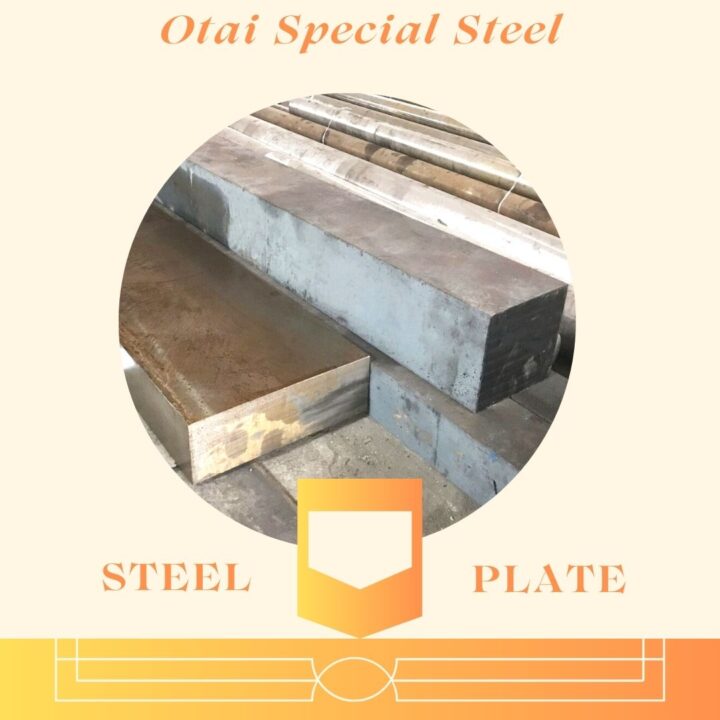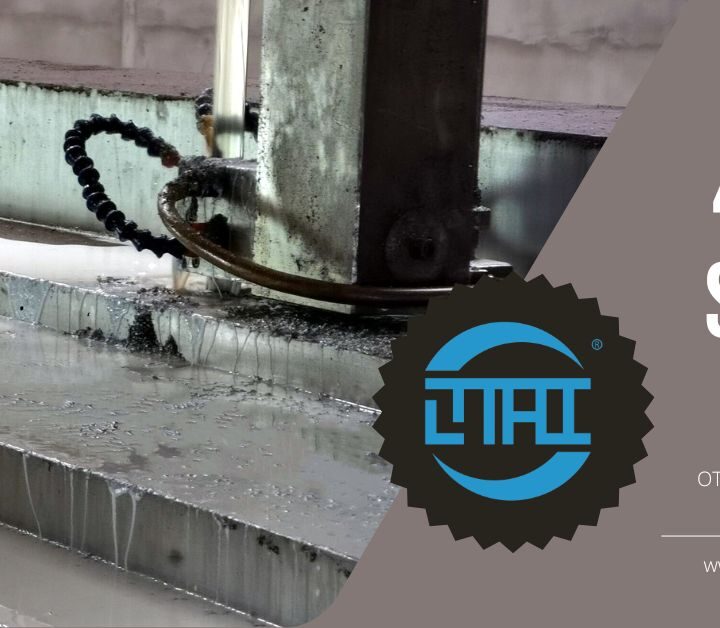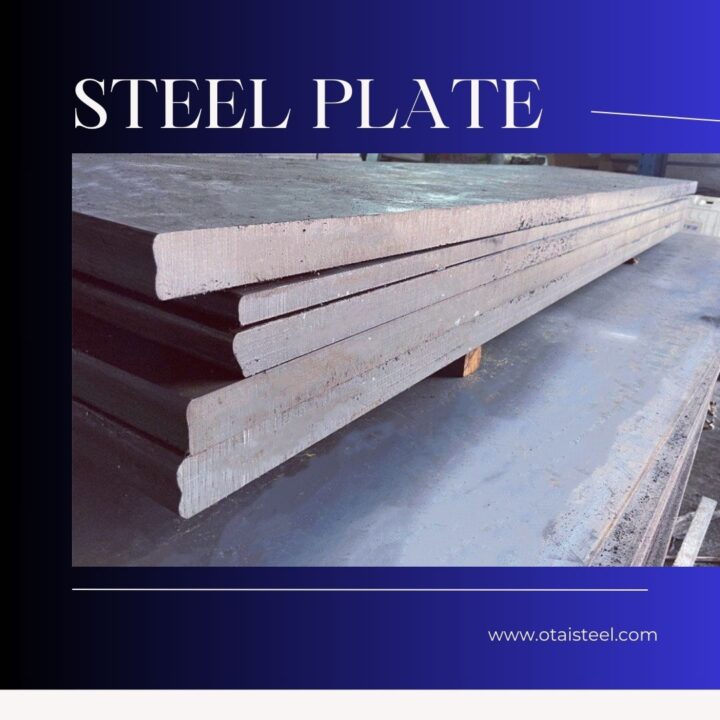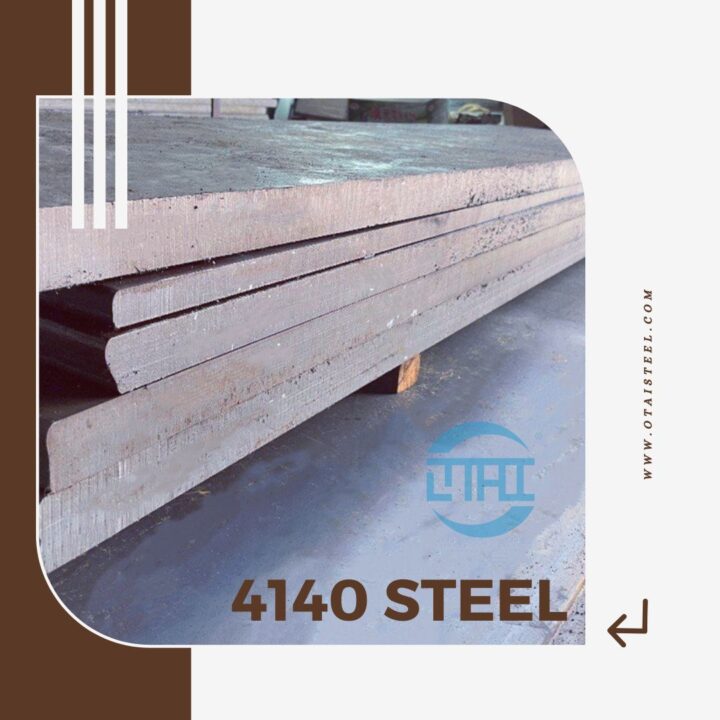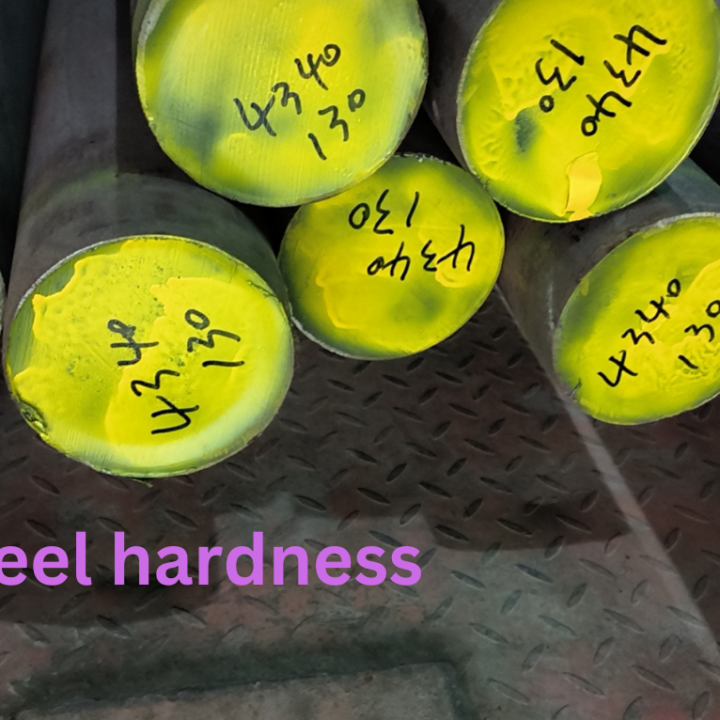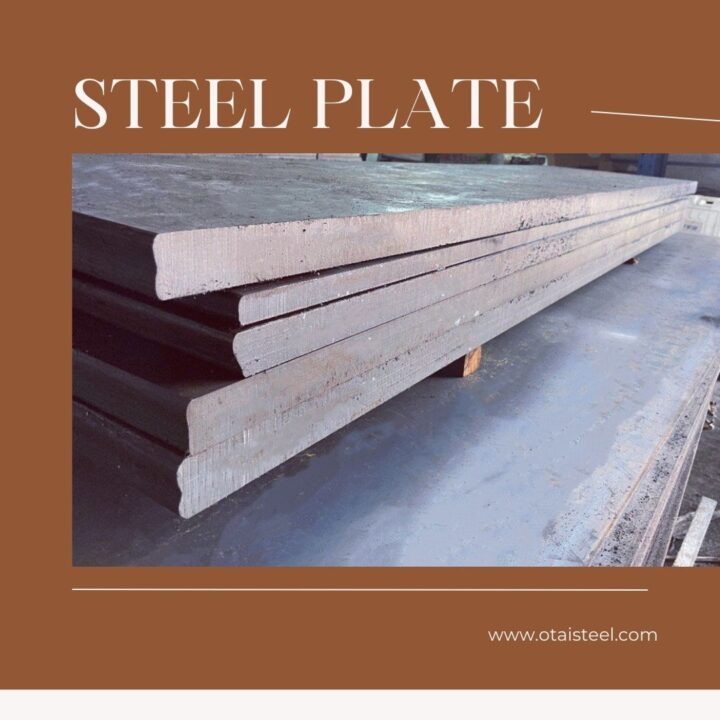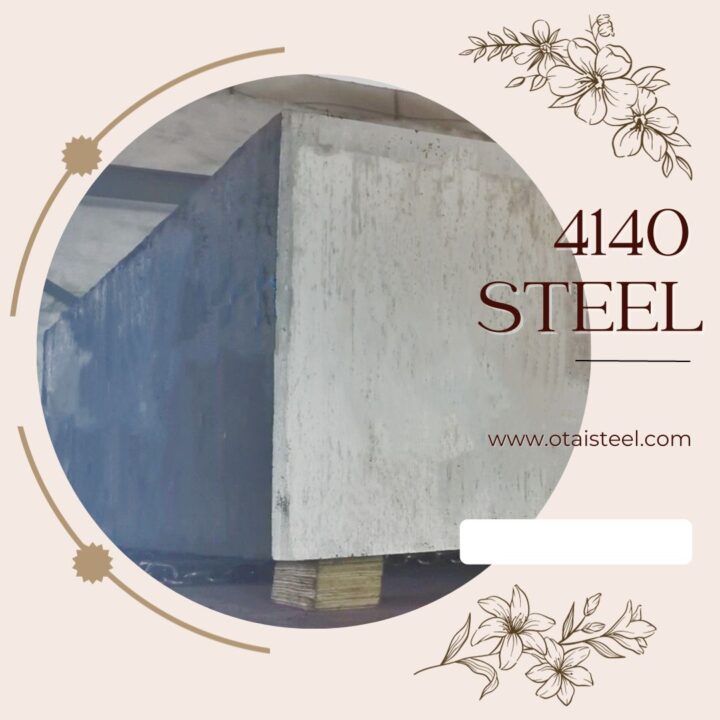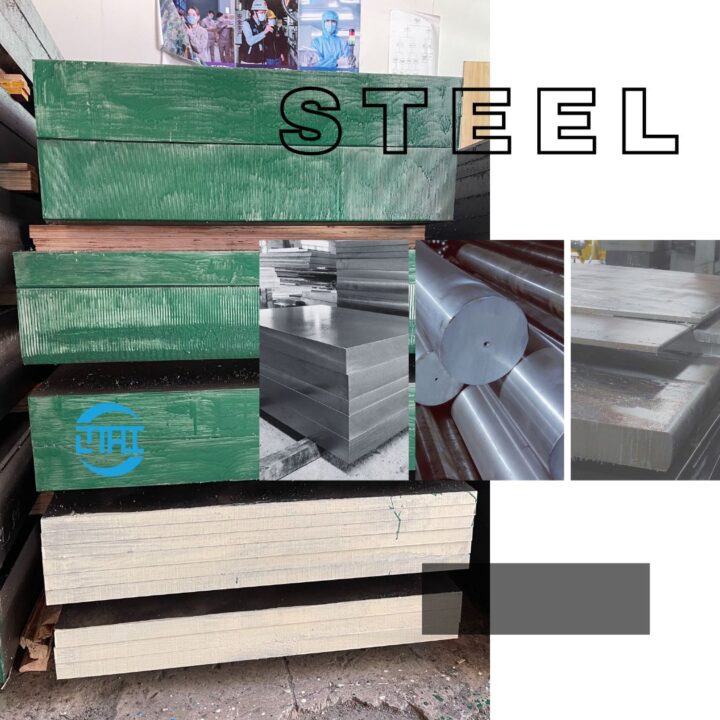4140 steel exhibits a range of properties that make it well-suited for turbine component fabrication. It has high tensile strength, good hardness, and excellent toughness, allowing it to withstand the mechanical stresses and loads experienced in power generation turbines. Additionally, it offers good fatigue resistance, high-temperature performance, and corrosion resistance, all of which are crucial for reliable turbine operation. (Use of 4140 steel in the fabrication)
Importance of Turbine Components in Power Generation
Turbine components play a vital role in the conversion of energy into electricity in power generation systems. They are subjected to extreme operating conditions, including high temperatures, pressures, and rotational speeds. The performance and reliability of these components directly impact the overall efficiency and longevity of power plants.
Application of 4140 Steel in Turbine Components
- Turbine Shafts
Turbine shafts are responsible for transmitting power from the turbine rotor to the connected machinery or generator. They require high strength, fatigue resistance, and torsional rigidity. 4140 steel provides these properties, making it a popular choice for turbine shafts.
- Turbine Blades
Turbine blades extract energy from the fluid flow and convert it into rotational motion. They operate under high temperatures, centrifugal forces, and aerodynamic loads. 4140 steel’s combination of strength, toughness, and high-temperature performance makes it suitable for turbine blade fabrication.
- Turbine Discs
Turbine discs are critical components that withstand high rotational speeds and mechanical stresses. They need to possess excellent strength, fatigue resistance, and resistance to thermal cycling. 4140 steel’s properties make it a reliable material for turbine disc manufacturing.
- Turbine Casings
Turbine casings house various turbine components and are exposed to high pressures and temperatures. They require materials with good strength, impact resistance, and dimensional stability. 4140 steel meets these requirements, making it suitable for turbine casing construction.
- Turbine Hubs
Turbine hubs connect the turbine blades or discs to the turbine shaft. They experience significant rotational forces and must provide secure and reliable connections. The strength, toughness, and machinability of 4140 steel make it an ideal choice for turbine hub fabrication.
Advantages of Using 4140 Steel in Turbine Component Fabrication
- High Strength and Toughness
4140 steel exhibits high strength and toughness, enabling turbine components to withstand the demanding operational conditions encountered in power generation. This helps prevent component failure and ensures long-term reliability.
- Excellent Fatigue Resistance
Turbine components are subjected to cyclic loading, which can lead to fatigue failure. 4140 steel’s fatigue resistance properties contribute to extended component lifespans, reducing the frequency of maintenance and downtime.
- Improved High-Temperature Performance
Power generation turbines operate at elevated temperatures, particularly in the hot sections. The high-temperature performance of 4140 steel ensures that turbine components maintain their structural integrity and mechanical properties under these challenging conditions.
- Enhanced Corrosion Resistance
In environments where corrosive elements are present, such as steam or combustion gases, turbine components must resist corrosion. The inclusion of chromium in 4140 steel provides enhanced corrosion resistance, extending the lifespan of turbine components.
Fabrication Techniques for 4140 Steel Turbine Components
To ensure the successful fabrication of turbine components using 4140 steel, specific techniques should be employed:
- Material Selection and Heat Treatment
Careful material selection is essential to ensure the desired mechanical properties of 4140 steel are achieved. Additionally, appropriate heat treatment processes, such as quenching and tempering, can optimize the steel’s properties for turbine applications.
- Machining and Forming
Precision machining and forming techniques are employed to shape 4140 steel into intricate turbine component geometries. Proper tool selection, cutting parameters, and coolant/lubrication usage are crucial to achieve accurate dimensions and surface finish.
- Welding and Joining
Turbine components often require welding or joining processes during fabrication. Welding procedures must be carefully controlled to prevent cracking, distortion, or the degradation of mechanical properties in the heat-affected zone.
By employing appropriate fabrication techniques and maintaining strict quality control, the industry can leverage the benefits of 4140 steel to ensure efficient and durable power generation.(Use of 4140 steel in the fabrication)
